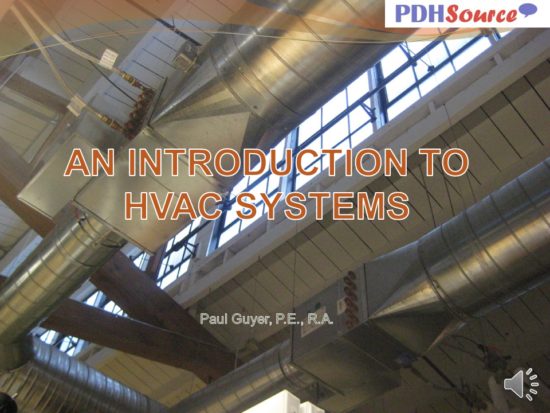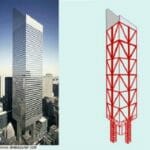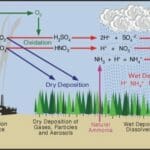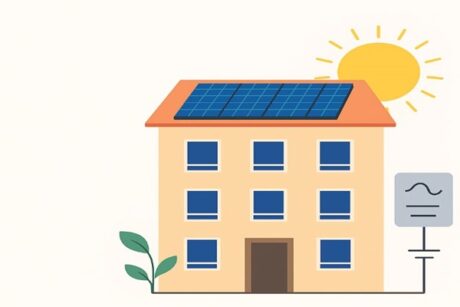- Course No E – 1370
- PDH Units 3.00
No data found for Custom Course Number
No data found for Custom Course Units
- Course No E – 1370
- PDH Units 3.00
Intended Audience: Mechanical Engineers
PDH UNITS: 3
This is a course for all of the members of the building design team. It will give you a basic introduction to air conditioning system design so you can better understand the technology, concepts and terminology in design of air conditioning systems. It will help you to be a better partner in the building design and construction process. This is your opportunity to learn about the issues, technologies and strategies your mechanical engineering partners in the building design process address on real projects. This course will make you a more productive, involved part of the building design and construction team. Here is what you will learn about. 1. INTRODUCTION 2. LOAD CALCULATIONS 2.1 General 2.2 Heating Load 2.3 Cooling Load 3. AIR CONDITIONING EQUIPMENT 3.1 Cooling Systems 3.2 Heating Systems 3.3 All-Air Systems 3.4 System and Equipment Performance 4. AIR DISTRIBUTION 4.1 Duct Design for HVAC Systems 5. RULES OF THUMB 5.1 General 5.2 Air Conditioning Capacity 5.3 Heating Capacity 5.4 Chilled Water Circulation 5.5 Hot Water 5.6 Condenser Water 5.7 Steam 5.8 Condensate.
Learning Objectives
At the successful conclusion of this course, you’ll be able to identify and discuss:- Learn how to calculate heating and cooling loads
- Learn about the different types of air conditioning equipment
- Learn some important concepts of air distribution ductwork design
- Learn some rules-of-thumb for estimating heating and air conditioning capacity
- Learn rules-of-thumb to determine chilled, hot and condenser water requirements
- Learn some rules-of-thumb for determining steam and condensate requirements
Course Reviews
2.5
- 5 stars0
- 4 stars1
- 3 stars0
- 2 stars0
- 1 stars1
Once completed, your order and certificate of completion will be available in your profile when you’re logged in to the site.











Good Overview.
It’s 1 star since I cannot give zero! This is a poorly developed and written course. It started out kind of OK, but was disappointing in that the author frequently introduced a concept or named a piece of equipment without explanation. That limits the learning from a course that is billed as an “introduction”. Then, I started to find errors including an equation that would indicate a motor installed in a conditioned space but never operating would result in infinite cooling demand! Since I am familiar with heat transfer calculations, and took a HVAC design class in college almost 50 years ago, I was able to see that the use factor was in the denominator rather than the numerator. There are many other examples of incomplete sentences and bullet lists that are not really lists. It looks like this is a compilation of some material prepared by the author and one or more papers that were poorly edited to fit into a view graph format. The last third of the course appears to be taken from a FEED document (or company design manual) that was likewise poorly edited. This also suffers from a lack of explanation of the terms used. You can find much better and more complete introductions to HVAC systems than this course provides.